
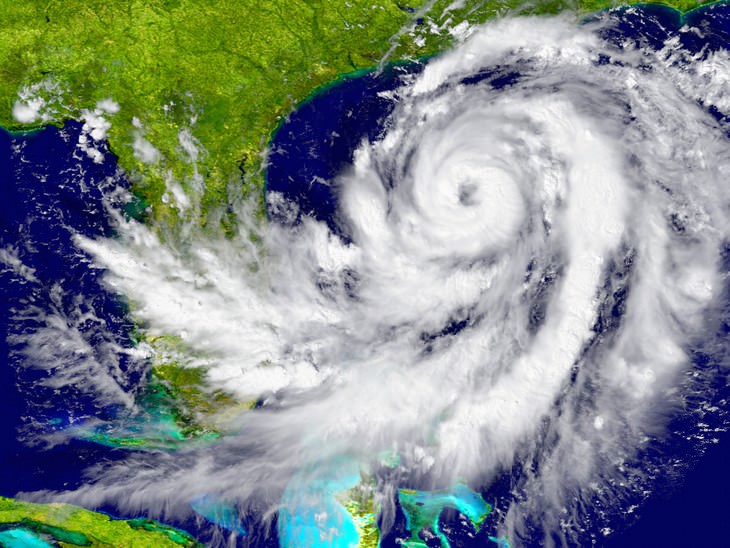
Before the use of names was adopted, storms were categorized by latitude and longitude numbers. This system was easy for meteorologists to follow but widely seen as confusing by the general public. The use of private names allowed important information to be shared more effectively and made the storms easily identifiable for everyone.
By the 1960s some feminist organizations started to take issue with the gendered naming method. In 1978, men’s names joined the storm list, alternating with the female names. So a storm name with an A, like Anne, would be the first in any given year, followed by B for Bernard, for example. “It made sense to broaden the pool of names and make them focus less on hurricanes as female entities only,” Jim Elsner, a professor of geography at Florida State University told Time Magazine. “I would imagine that it was viewed as somewhat sexist.” The first storm with a male name was hurricane Bob, which hit the Gulf Coast of the United States in 1979.
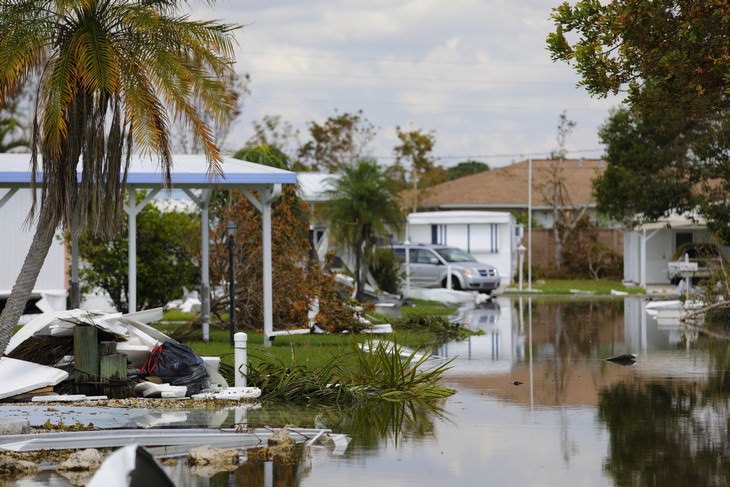
The World Meteorological Organization comes up with a list of names way before the storms hit. For the North Atlantic ocean, the WMO keeps six lists of 21 (one for every letter except Q, U, X, Y, and Z) male and female names that are used in rotation and recycled every six years. Laura is a little over halfway down the list of hurricane names to be used in 2020. Some of the next North Atlantic storm names you can expect are Nana, Omar, Paulette, Rene, Sally, Teddy, Vicky, and Wilfred. The 2020 list will be used again in 2026.
The West coast gets its hurricane names from six different lists, which include every letter except Q and U. Some of the names for Eastern North Pacific hurricanes this year are Norbert, Odalys, Polo, and Rachel. If there happen to be more than 21 storms in one season, the Greek alphabet is resorted to for additional names.
Related: A Complete Guide to Hurricanes & Hurricane Season
Why are hurricane names retired?
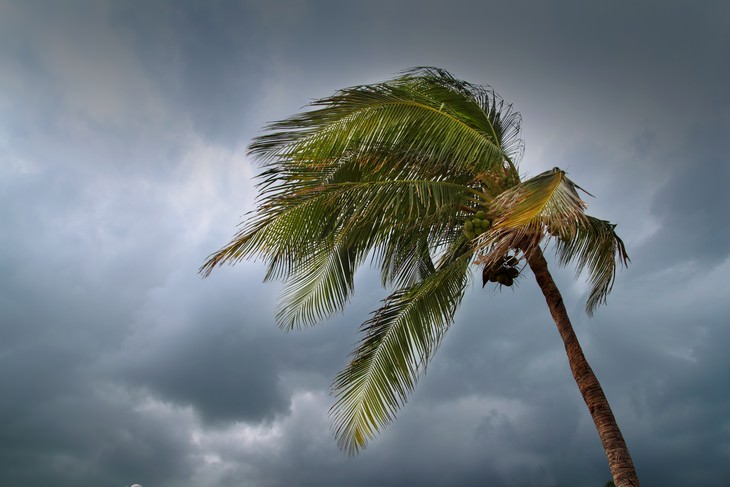
Now that the lists are established, it isn’t easy to change the names on them. Only when a hurricane is exceptionally catastrophic, is name is retired, according to the National Hurricane Center. For that reason, you’re not likely to see another hurricane Katrina (2005), Irma (2017), or Florence (2018). If a name is removed, the WMO replaces it with a new name. For example, the list of 2011 hurricane names featured Katia as a replacement for Katrina.
If you live in a storm-prone area be sure to be prepared and stay safe!
Share this information with those who might find it useful!
 4:10
4:10
The Real Reasons For the Extinction of Dodo Birds
Were dodo birds really hunted to extinction? this video, which offers some fresh insights into the reason for the species’ demise.
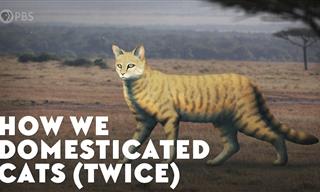 8:12
8:12
How Humans Helped Cats Take Over the World
The relationship between humans and cats goes back as far as 9,500 years. How did it al start? And how did humans help cats essentially take over the world?

We Bet You Didn’t Know These Surprising Facts!
The more we learn about the world, the better can we understand how marvelous, fascinating, and unexpected it is. Here are 12 surprising facts to prove it.
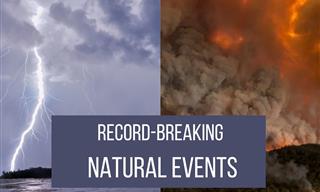
6 Unbelievable Record Breaking Natural Events
A rainstorm that lasts a million years or lethally dense fog - nature will always find a way to remind us of its power. Here are 6 such record breaking natural events.

This Is Why Iceland Is a Country Like No Other
Iceland is a country full of interesting traditions and rich history - delve into this fascinating country with these 11 surprising facts!
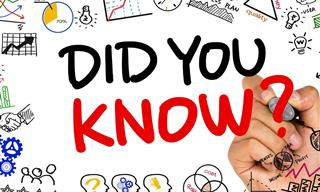
17 Fascinating Facts About Anything and Everything
The world never ceases to surprise us. Here are 17 fascinating facts about history, nature, recent affairs, and anything in between.

English Really Needs a Translation for These Foreign Words
With so many words in the English vocabulary, we still as yet have to come up with a word to describe how we'd feel in these instances.

Unseen & Rare Photos from History You Will Love
We bet you haven’t seen these amazing historical photos before.
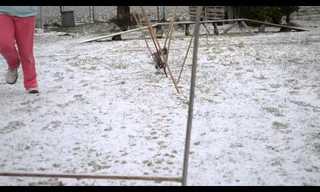 2:10
2:10
Who Said You Can't Train Cats?
Suki the cat is getting some agility training. If you thought cats cannot be trained, this is documented proof that notion is false. You just need to give them the right motivation, or in other words - use food...

8 Essential Greek Philosophy Books You Shouldn't Miss
Here is your best chance for understanding Greek philosophy and its history.
 15:18
15:18
I Grew up in the Westboro Baptist Church: Here's My Story
Megan Phelps-Roper used to be part of America's most reviled group, the Westboro Baptist Church. In this talk she tells how she decided to leave them behind.
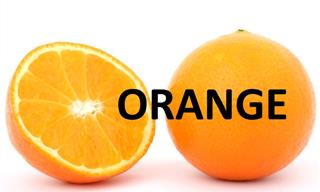
These Common Words Began as Mistakes - Unbelievable!
Some spelling and grammar mistakes change a student’s grade for the worse, others transform the language forever.

These American History “Facts” Are Actually False
We’ve all believed these American history “facts” at some point.

These 11 Alcoholic Drinks Have a Fascinating History!
In this article, we’ll tell you about the truly fascinating origins of 11 time-honored cocktails!
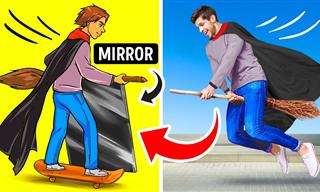 9:23
9:23
Learn How to Perform These Famous Magic Tricks at Home!
Magic tricks aren't always as tricky as they seem. In fact, you can learn how to perform some of the famous ones at home...
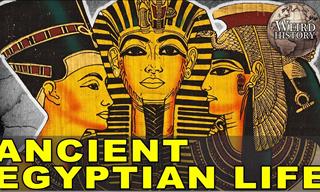 9:28
9:28
Take a Look At the Many Secrets of Life in Ancient Egypt
Ancient Egypt always fascinates us. But do we really know how daily life in that civilization was like? Watch his video to learn more.
 8:08
8:08
Dancing With Dogs is So Much Better Than Regular Dancing...
These top contestants will wiggle, jump and roll their way into your hearts!
 4:33
4:33
Rock On with This 'Eye of the Tiger' Drum Solo Act
This has to be the most stunning drum performance!

Did You Know How Incredible You Were in Your Youngest Days?
Your baby self was incredible! Here are some facts to back this statement up...
 8:13
8:13
You'd Never See THIS in a Modern Home
In this video, we'll visit some old homes and learn about their obsolete features.
 2:30
2:30
The World Needs to Listen to This Song Now More Than Ever
Watch legendary singer Louis Armstrong perform his hauntingly beautiful and iconic song ‘What A Wonderful World’, live during this concert.
 5:02
5:02
Watch a Thai Chiropractor Fixing a Spine With a Hammer!
Thailand is a country that's known for specializing in many different kinds of massages, but would you dare be massaged by a man wielding a hammer?

15 People Who Have the STRANGEST Hobbies
Some people's hobbies, as it turns out, are stranger than others. Here are 15 bizarre yet cool hobbies keeping people busy
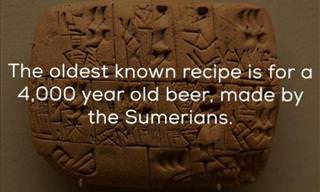
Bottoms Up! 12 Surprising Facts About Beer!
Twelve fascinating facts about the ancient alcoholic drink known simply as - beer.

When Animals Go Rogue: True Tales of Man-Eating Animals
Throughout history, many animals have turned into deadly man-eaters. Here’s a list of the most intense books on the subject.
 12:10
12:10
How Did We Invent the Dollar? Learn Its Meandering History
In this video, we will learn a short history of the U.S. Dollar.
 7:11
7:11
This Is Why Skyscrapers Are So Rare in European Cities
High rise buildings are not very common in Europe, and history has everything to do with it...

These Old Photos Show a Fascinating Side of History
Each one of these remarkable photos tells a story of bygone history. See how much the world has changed with scenes of both famous faces, events and everyday moments.
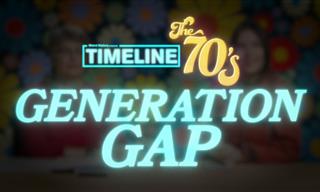 15:12
15:12
Nostalgia - '70s Teenagers Recalling the Good Times
These groovy 70's teenagers, now proud parents and grandparents, sit for a chat with their younger relatives to compare adolescence now and then.
 7:51
7:51
Watch This Card Magician Make Penn and Teller’s Jaws Drop
Everybody knows colored light can make things appear different, but can it actually permanently paint them? This magician believes it can.
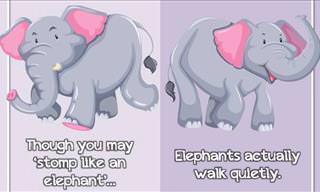
The Truth Behind These Animal Myths Will Shock You
Here are a list of facts about animals we thought to be true.

These Wonderful Shots Are From Many Special Times Gone By
Nostalgia can be a beautiful thing, and these beautiful black and white images reinforce that notion. Jump back into the past with these shots.

When an Ancient Egyptian Tomb Was Opened, This Was Inside
Finding Tutankhamun's tomb was one of the most significant archaeological discoveries in history. These recolored photos capture those incredible days.

12 Vintage Christmas Songs That Still Warm Hearts
These classic Christmas songs capture the spirit of the season.

You'd Best Think Twice Before Consuming These Delicacies!
Here are 10 dishes that can give you an adrenaline rush stronger than that from any roller-coaster, while testing your luck better than the lottery.
 2:07
2:07
1967 Classic: Tommy James and The Shondells Live
Groove to the tunes of Tommy James & The Shondells from this classic 1967 musical video.
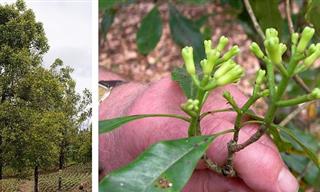
The Fascinating Ways Our Fruits and Veggies Are Grown...
Here are some of the amazing the ways that fruits and veggies grow that may be new to you!

These Female Celebs Have Aged Like Fine Wine (28 Pics)
These female celebrities are aging just like fine wine.
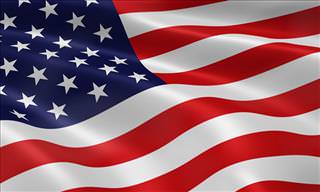
A Few Things We Bet You Never Knew About the USA!
The USA is an enormous and diverse place, but when you look at it from a numerical point of view, things get even more curious. Take a look.

10 Emmy-Winning Netflix Shows You Don't Wanna Miss...
if you're in need of a binge-worthy series and haven't explored these recommendations yet, prepare to be captivated.

Then & Now Photos Show How the World Has Changed
Here are some of the best pictures contributed by their users. Which impressed you most?

I Just Wanted to Say: Have a MERRY CHRISTMAS!
Choose from our lovely selection of greeting cards and share your deepest wishes with your friends and family, to celebrate this blessed time of the year!
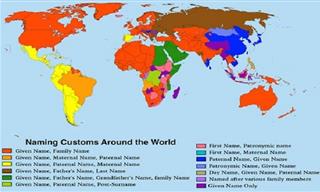
20 Maps and Charts That Explain the World in Unique Ways
Time for some more fascinating and informative maps that show interesting aspects of our planet.
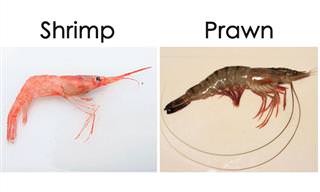
20 Things Most People Think Are the Same, But Aren't!
These words are often mistaken for synonyms, but in reality they are nothing of the sort, because they refer to different things. Learn about 20 of them.,
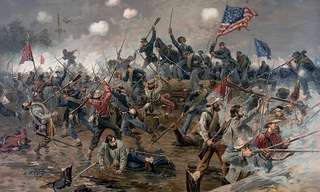
8 Historical Coincidences That are Too Bizarre to Be Fake
Throughout history, there were many events that could only occur due to incredible coincidences. Here are 8 of history weirdest coincidences, these stories sound stranger than fiction.

I Bet You Never Knew These U.S. Geography Facts...
Do you consider yourself to be a proud American who knows all there is to know about the good ol’ U.S. of A.? We bet you didn't know these facts!

These 18 Bold Predictions Were Actually Proven to Be False
Some of the great and good of science, industry and entertainment made bold predictions in the past that proved to be completely false. Take a look.


